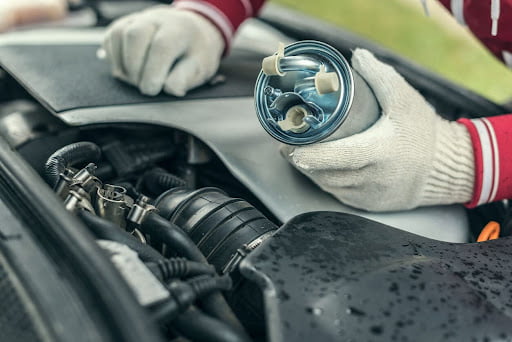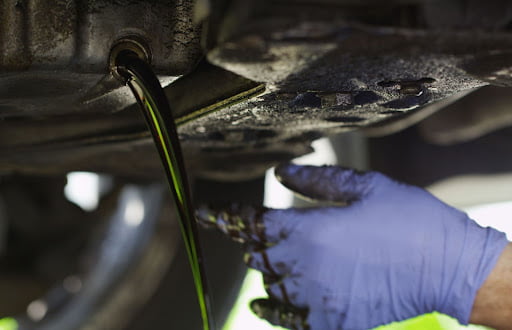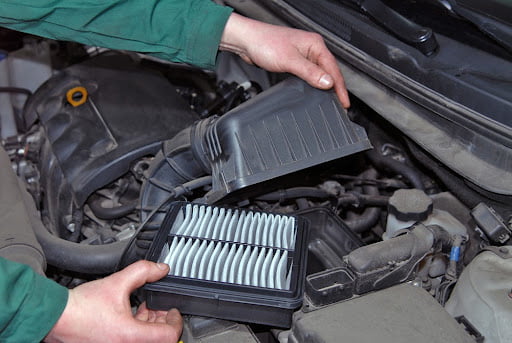A quick guide on servicing your car at home: Easy and Cost-Efficient
Chilly winter is back and so is the fresh Covid scare with Omicron.
When global restrictions started rolling off in June this year, the global automobile market was swift enough in showing signs of quick and healthy recovery. The resurgence is seen driven by generous sales volumes in the past four months riding on huge demands.
However, with the Omicron scare lumping ahead, the automotive sector could see another hit. Fresh lockdowns are already in place in certain parts of the world and customers seem to be in line for another baffling streak. Especially the new customers eyeing scheduled service of their new cars amidst restricted operating hours at service centers.
The chilly winter on the door only adds up to the grouse. Sum it all together and chances are that you would probably get a waiting list of several weeks to get the bugs out of your car from your nearest service station. In certain cases owing to the condition of your car and of course your patience and temperament, you might end up paying a heavy sum for your car-servicing.
If you are running an electric car, then there’s good news as electric cars are cheaper to maintain.
How to service your car at home?
Change the Air-Filter
The air-filter is an essential component in the proper and smooth functioning of your engine. The engine needs air for combustion which is collected from the outside environment which is not very pure and is often accompanied by minute dust particles.
Thankfully, the air-filter collects all the air, filters it and then passes it on to the engine. However, it’s a span of six months on average when the air-filter has done its course and is no longer capable of properly filtering the air. And, that’s mostly because its filter-chambers are clogged with residual matter.
An untidy filter will also take a hit on fuel economy apart from engine-life. That’s exactly the time when you need to put in a new air-filter. Pop the hood up and probably at the extreme right or left depending on your make and engine, you will see a large circular or rectangular housing (based on your make) which is easily identifiable. This is the place underneath which lies your air-filter.
The air-filter housing’s lid is usually held by clips on the upper part. Releasing the clips and pulling of the outer cover straightaway exposes the air-filter which can be easily pulled out. Now, you can plug-in the new air-filter, pop the cover down and fix the clips in place again and you’re good to go.

Change the Fuel-Filter
While diesel fuel is known to carry impurities but even petrol does have some minute sediments into it. These sediments, if drawn into the engine can affect the life of your engine. Thankfully, the fuel-filter gets us covered and filters the fuel coming from the fuel-tank and then passes it to the engine.
While figuring out the fuel-filter can be a bit tricky but is not difficult at all. The rubber pump sitting at the top of the fuel-filter cover acts as an easy identification. If you’re still confused and fiddling in locating the fuel-filter, try looking around the battery. That’s where it’s located in most cars.
Once you spot it, all you need to do is unthread the fuel-filter cap carefully without disconnecting any wire or pipe. The fuel-filter sits right underneath the cap and all you need to do is pull out the filthy older filter and replace it with a new one. The fuel-filter is usually accompanied by a rubber-gasket which shall also be replaced every time you change your fuel-filter.

Change the Engine Oil and Oil Filter
Who doesn’t know the importance of engine oil in the functioning of an engine. The engine oil is the lubricating agent to the engine parts which generate heat and energy through constant friction. The engine oil prevents the engine components from possible ablation ensuring smooth functioning.
However, owing to the temperature and constant friction which the engine oil is exposed inside the engine, it does draw some wear and tear from the engine over a certain period of time. Hence, it’s of utmost importance to change your engine oil within a specific time period or driving range.
Changing your engine oil though, will need some effort. You need to first drain all the dirty oil from the engine and from this, you need to access the drain plug which sits right underneath the chin of your hood. For that, you would first need to jack up your car, crawl inside, unplug and drain all the oil from the engine.
Before pouring in fresh engine oil, you also need to replace your oil filter. In order to ensure optimal health and functioning of the engine, the engine oil accumulates some contamination. To prevent the contaminated oil from being circulated back inside the engine chambers, comes the oil-filter which filters the engine oil and removes the contaminations from it.
Spotting and reaching out to the oil-filter can be the most challenging task at in-home servicing. Most manufacturers place the oil-filters lower down the engine bay and are not easily reachable. In order to locate the filter, you should try looking around the oil-pan for small circular housings (similar to the fuel-filter).
After that you can again unthread the oil-filter cover, get the weary filter out, plug in a new oil-filter along with a new rubber-gasket and then thread the cover again. As easy as that. Once you’ve replaced the oil filter, you can pop the oil-filler cap inside the hood and pour in a fresh new oil. However, make sure that you have the right engine oil prescribed by your make, specific for your model.
Essentially, the three points mentioned above, if improvised properly, gets your car-servicing done at home at a significantly lesser cost and time. These are the primary boxes which comprise the whole servicing process. The only thing you’re paying for while servicing at home are the new parts (engine oil, oil-filter, fuel-filter, air-filter). The entire servicing should take not more than 30 minutes at max and gets your car fit for the next 5000 kms at least (if you’re driving is more of a spirited instinct).



